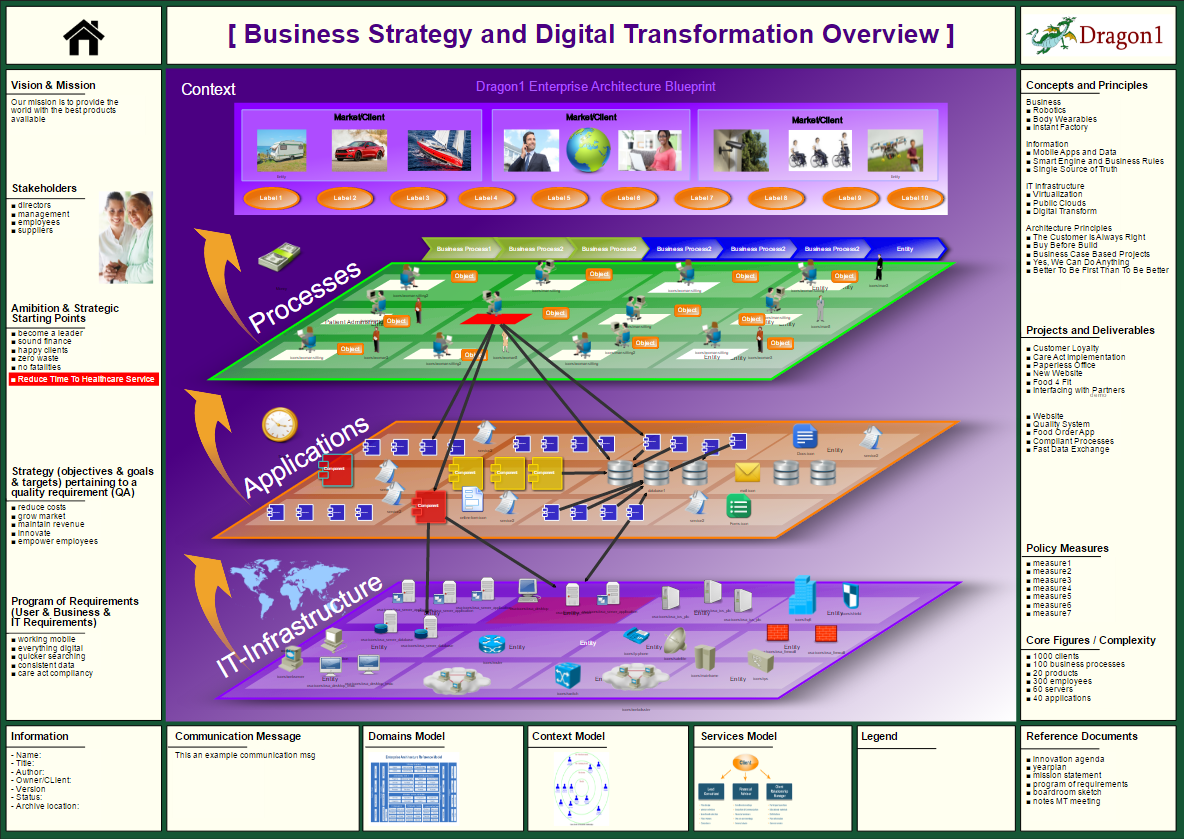

The use of Data Mining and Business Intelligence is not solely reserved for corporate applications and this is shown in our final example.
EXAMPLES OF BUSINESS INTELLIGENCE APPLICATIONS FULL
The prediction was so accurate that Target made the news by sending promotional coupons to families who did not yet realise (or who had not yet announced) they were pregnant! You can read the full story here on Forbes. By looking at the contents of their customers’ shopping baskets, they could spot customers who they thought were likely to be expecting and begin targeting promotions for nappies (diapers), cotton wool and so on. As part of its Data Mining programme, the company developed rules to predict if their shoppers were likely to be pregnant. One notable recent example of this was with the US retailer Target.

Famously, supermarket loyalty card programmes are usually driven mostly, if not solely, by the desire to gather comprehensive data about customers for use in data mining. Supermarkets provide another good example of Data Mining and Business Intelligence in action.

One of the most famous of these is, of course, Amazon, who use sophisticated mining techniques to drive their, ‘People who viewed that product, also liked this’ functionality. Many E-commerce companies use Data Mining and Business Intelligence to offer cross-sells and up-sells through their websites. Perhaps some of the most well -known examples of Data Mining and Analytics come from E-commerce sites. The former may receive a loyalty, upsell and cross-sell offers, whereas the latter may be offered a win-back deal, for instance. A customer who spends little but often and last did so recently will be handled differently to a customer who spent big but only once, and also some time ago. Retailers segment customers into ‘Recency, Frequency, Monetary’ (RFM) groups and target marketing and promotions to those different groups. RetailĪnother example of Data Mining and Business Intelligence comes from the retail sector. They collate billing information, customer services interactions, website visits and other metrics to give each customer a probability score, then target offers and incentives to customers whom they perceive to be at a higher risk of churning. Mobile phone and utilities companies use Data Mining and Business Intelligence to predict ‘churn’, the terms they use for when a customer leaves their company to get their phone/gas/broadband from another provider. The first example of Data Mining and Business Intelligence comes from service providers in the mobile phone and utilities industries. Different industries use data mining in different contexts, but the goal is the same: to better understand customers and the business. Data mining can also reduce risk, helping you to detect fraud, errors, and inconsistencies that can lead to profit loss and reputation damage. Those connections and insights can enable better business decisions. In order for data to really be valuable to an organization, you need to be able to discover patterns and relationships within that data. Here we take a look at 5 real life applications of these technologies and shed light on the benefits they can bring to your business. As the importance of data analytics continues to grow, companies are finding more and more applications for Data Mining and Business Intelligence.


 0 kommentar(er)
0 kommentar(er)
